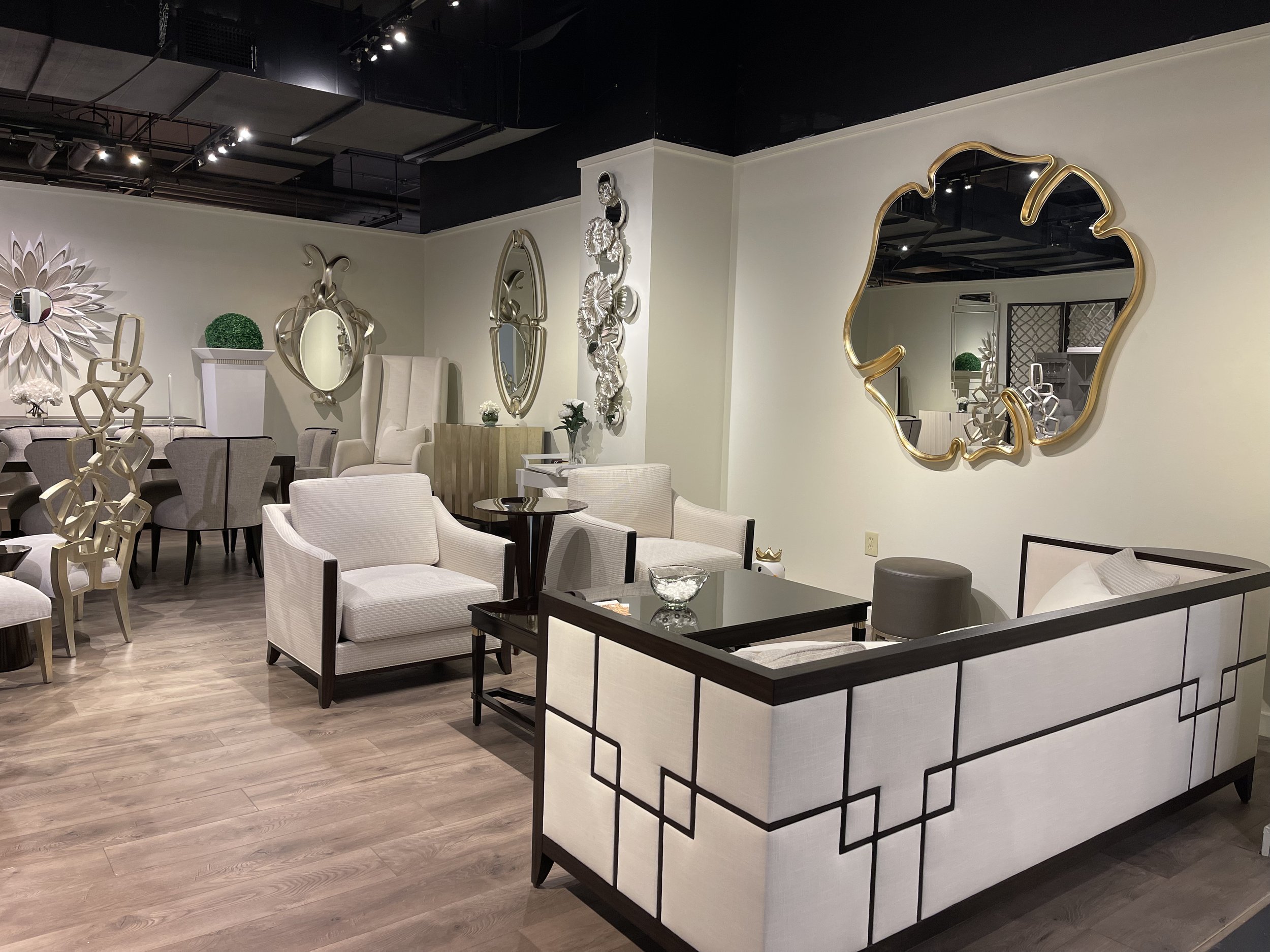AI and Client Services – Chatbots and CVAs Are the Wave of the Future
In our most recent post, we shared the belief that Artificial Intelligence (AI) would impact the design and furnishings industry sooner rather than later. Beyond AI-powered design apps, we will most likely see the increasing implementation of bots and virtual customer assistants (VCAs) to blend and improve AI and client services.
According to the research and executive support firm Gartner, emerging technologies such as “Bots and virtual customer assistants (VCAs) are becoming more widely adopted. They are of medium-high importance now but are expected to grow in importance in the future. These technologies act on behalf of the organization to deliver information or act on behalf of the customer to perform a transaction. Bots and VCAs can guide customers to the right resources at the right time to free up rep resources.”
“‘Sixty-eight percent of service leaders indicate that bots and VCAs will be more important in the next two years,’ says Lauren Villeneuve, senior principal, advisory at Gartner. ‘Service centers should seriously be considering how this technology could be integrated into current operations, in both customer-facing and rep-facing systems.’”
The Practical Use and Importance of Bots
“Leveraging AI bots and VCAs through web chat channels has proved successful for many service centers. Deploying bots can deliver various benefits, including:
Greater capability and scale. AI bots are able to solve simple issues while letting advisors focus on the more complex tasks. Additionally, bots are able to help serve a growing customer base without the necessity of adding advisors.
Faster chat speed. AI bots can drastically reduce customer wait time. One client reported chatbots replying with[in] five seconds of customer contact, while typical advisors take 51 seconds.
Better gatekeeping. AI bots can learn to recognize other bots trying to gain access to systems, thus freeing advisors to only focus on actual customers.”
It is this nearly flawless flow from initial client contact to results-oriented solutions that improve client relations and free up a designer’s time, enabling them to focus on what they most love to do – reimagining a homeowner’s spaces. So, despite our nearly universal dislike of dealing with an AI when seeking service ourselves, the trend is for more, and better, chatbots and CVAs in our personal and professional lives.
As long as the better part of that sentence holds true, the inevitability of this trend should be something we look forward to seeing.
Ted remains available for business consulting to the trade on diverse issues which can include AI and customer service questions. To get in touch with him, simply… Contact TD Fall today.











